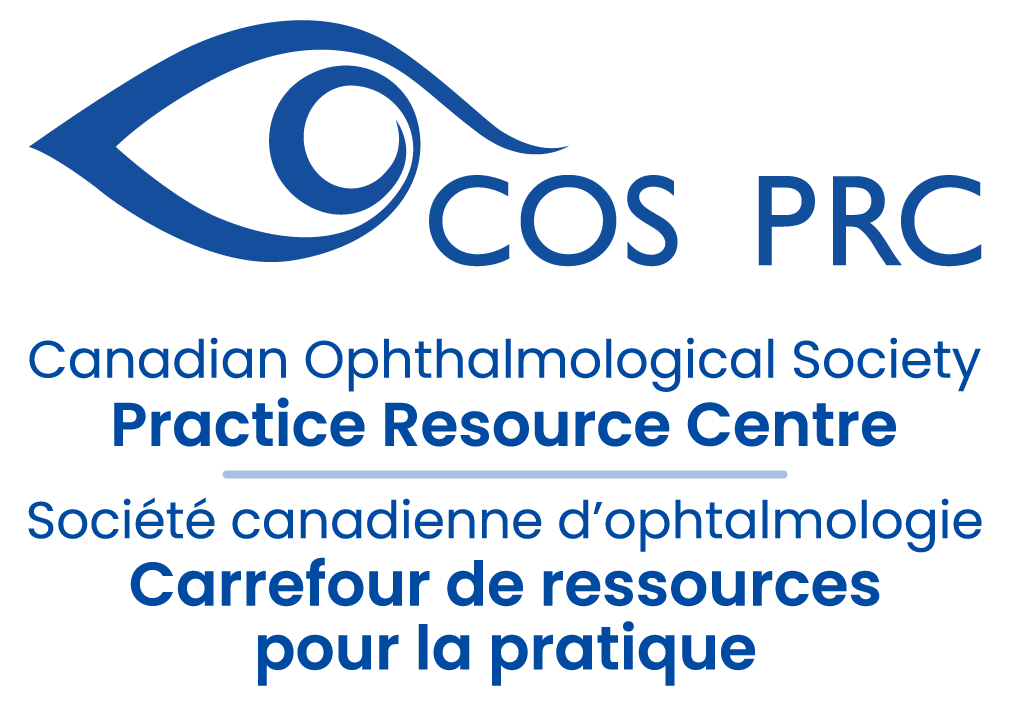April 2021
EXECUTIVE SUMMARY
This report provides a review of evidence-informed approaches to teleglaucoma (TG) care in Canadian contexts as of January 2021. TG is defined as a spectrum of options that adapts telemedicine approaches to enhance care for glaucoma patients (those diagnosed with as well as at risk for developing glaucoma). The objective of this document is to act as a foundation for Canadian ophthalmologists who wish to establish their own TG practice.
This work was undertaken by the Canadian Glaucoma Society Teleglaucoma Working Group, comprised of glaucoma specialists and comprehensive ophthalmologists from across the country.
Many physicians have transitioned to a partially virtual care paradigm since the onset of COVID-19. The rationale for widespread adoption of TG is three-fold. First, the demand for ophthalmic services in Canada is projected to increase with our ageing population and rising prevalence of sight-threatening conditions such as glaucoma, age-related macular degeneration, and cataract. Enhancing access to these services with a limited budget and supply of providers remains critically unresolved. Second, rural and remote communities continue to grapple with underservicing for specialist care, leading to poorer health outcomes. For many decades, health equity has been a central focus of Canadian health policy with limited progress. Third, there is a strong patient and provider preference for virtual care as it is more time- and cost-effective. Virtual care offers a feasible solution to meet the health needs of our population while allowing our health systems to optimally utilize finite resources.
This report outlines three models of care in TG with sample case scenarios and offers a template for a standardized TG setup. The models of care elaborated upon include modular extension, in-office, and collaborative.12 These models describe how clinicians can accomplish virtual screening (including triage), consultation and monitoring of patients. Clinicians may wish to incorporate one or more elements of these models into their practice depending on their own situational context. This report also acknowledges an important gap in TG, which is the absence of gonioscopy. Clinicians should consider alternative methods to evaluate the risk of angle closure glaucoma.
This report also offers suggestions for practice patterns, outlines tools for remote assessment, summarizes licensure, medicolegal and safety considerations (including missing angle closure and other secondary glaucomas), reviews merits and challenges of TG (including the billing landscape), considers the promising future of TG, and offers suggestions on how to overcome barriers in order to optimize care for patients in the virtual environment.
COVID-19 has illuminated the ways in which limitations to virtual care have been largely self-imposed. Much of our advocacy in advancing virtual care must occur at the health systems level. We hope that this document can equip providers with the knowledge and inspiration to carve their own path in the realm of teleglaucoma and teleophthalmology at-large.



